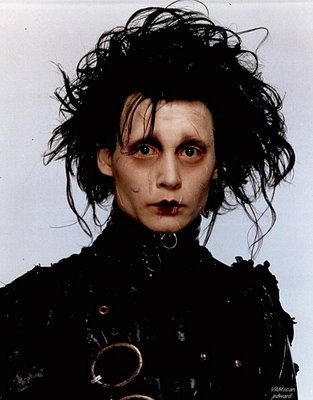Took a lovely train ride from Amsterdam today, straight through Brussels and on to Paris. Then met up in the evening with some friends on Rue Bourg Tibourg near the Hotel de Ville for good wine and conversation. We were all, coincidentally, passing through Paris for perhaps a day or two. Inevitably the subject turned to the traditional swapping of outrageous travel stories. Mine was about my old friend and colleague Ken Musgrave, one of my favorite people.
Some years ago I helped arrange for some colleagues in Rio to invite Ken down to speak at a conference there. I, unfortunately, had to bow out due to a schedule conflict, but I assured his hosts that not only was Ken awesomely brilliant (his computer generated fractal landscapes are incomparably beautiful), but that he was also singularly entertaining and great fun to have around.
The moment Ken got to Rio he proceeded to prove me correct in a big way. He quickly discovered the Brazillian drink cachaça. Cachaça is to Brazil and sugar cane what tequilla is to Mexico and cactus. There are literally hundreds of varieties, both high quality and not. Most of them not.
Ken apparently conducted nightly marathon tours of the bars of Rio, in search of the perfect cachaça, with delighted and progressively more stewed colleagues in tow. I heard afterward that these nights would end only when – well actually, nobody could seem to remember exactly when or how they ended.
Some people can blend in when they go to Rio, but Ken is not one of those people. He is a big bear of a guy who has clearly had Viking ancestors somewhere in his family tree. When he gets some sun, his face doesn’t so much tan as turn a bright cheery red, as though he’s been spending the day blowing up party balloons. With his mane and beard of fiery red hair and his penchant for festive Hawaiian shirts, Ken is the very antithesis of “blending in”.
Which goes some way to explain his favorite moment of that week down in Rio, which I relate here pretty much as Ken told it to me.
Copacabana Beach is connected to the Rio Sul shopping center by a long tunnel. Almost the entire width of this tunnel is devoted to automobile traffic, but around each of the two sides there is just enough room for one narrow lane of pedestrian traffic.
The way Ken told it, he was making his way through the tunnel, ambling obliviously along the narrow pedestrian walkway on his way from beach to shopping mall, when he suddenly saw a lovely young Brazillian girl, perhaps around seventeen, with flashing black eyes, long flowing dark hair, and gently swaying hips, coming toward him from the other direction. She was looking right into his eyes, and as they got closer he found himself mesmerized, drowning in her beautiful dark gaze.
As she passed, he turned sideways and leaned back against the tunnel wall to give her room to get by. According to Ken, the girl then turned so that she was facing away from him, and firmly pressed her body back against his, while each of her hands grabbed one of his wrists and held them against the tunnel wall. As he stood there, transfixed, an entire swarm emerged – seemingly out of nowhere – of teenage girls, who proceeded to run their hands through his pockets, lifting anything they could find. Before he knew it, they had all run off, taking with them the equivalent of $35 U.S. in Brazillian real currency that he’d been carrying in his pockets.
The way Ken tells it, he spent much of the rest of the week walking up and down that tunnel, another $35 worth of reais in his pocket. But sadly, he told me, they never came back.




